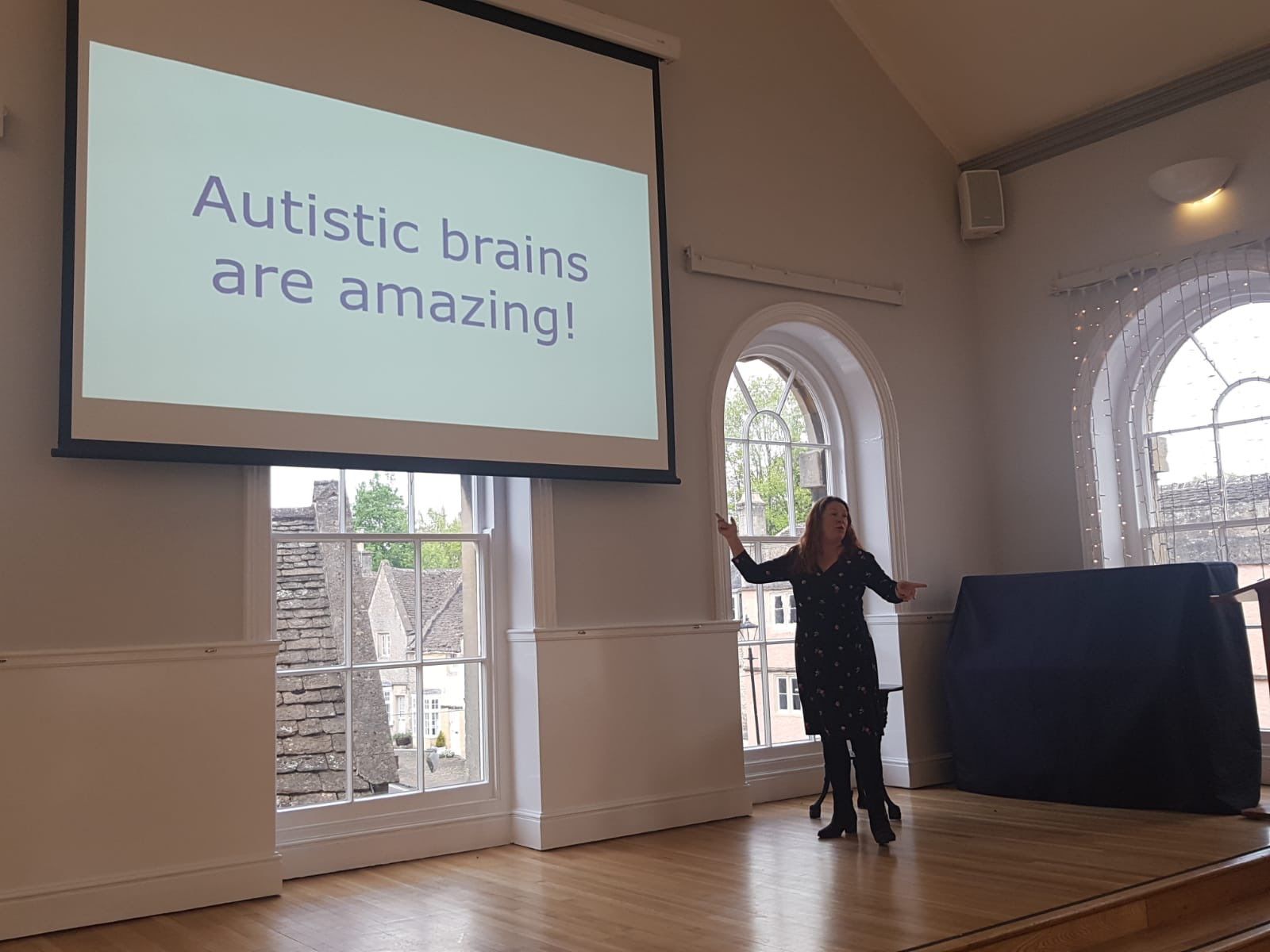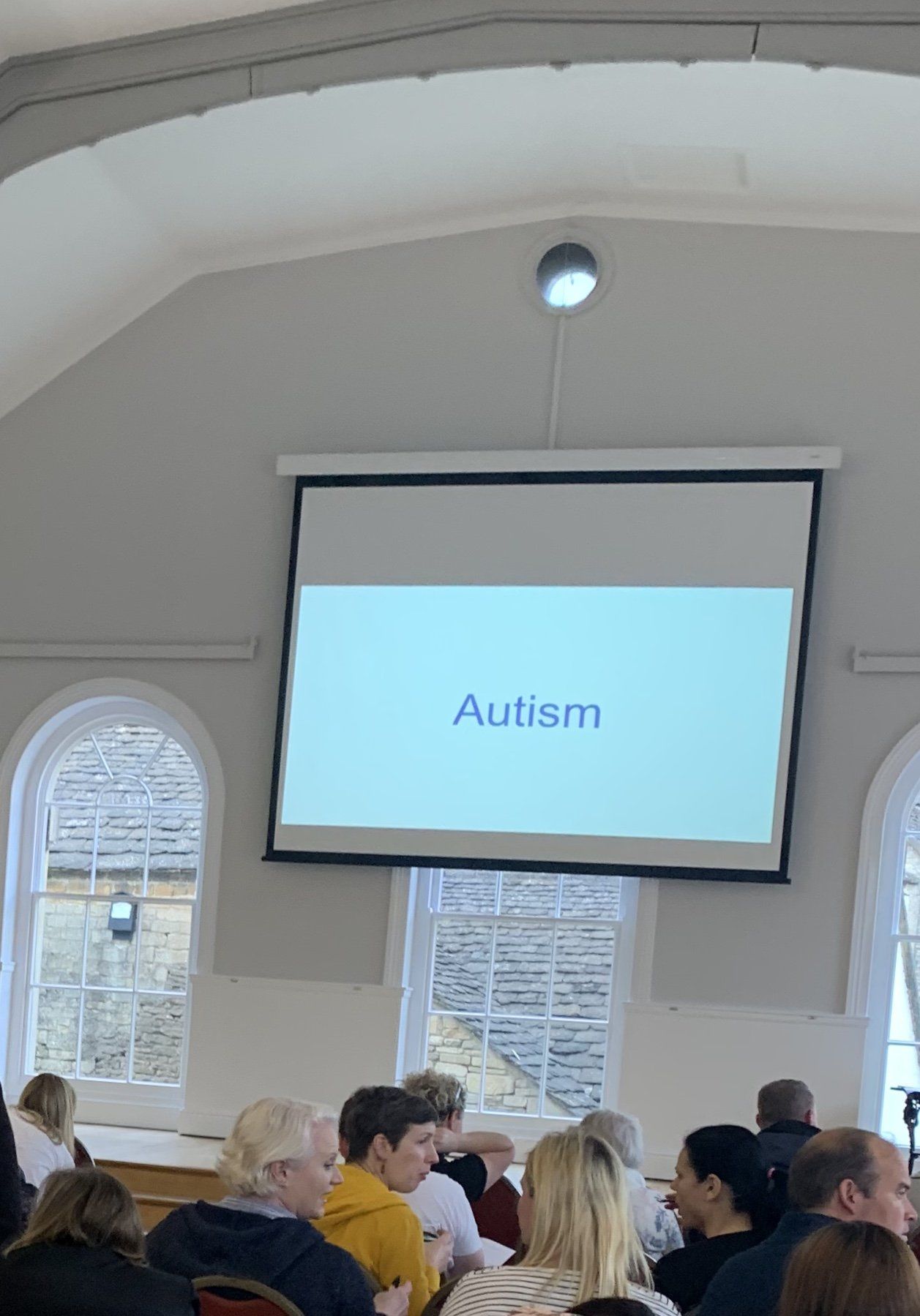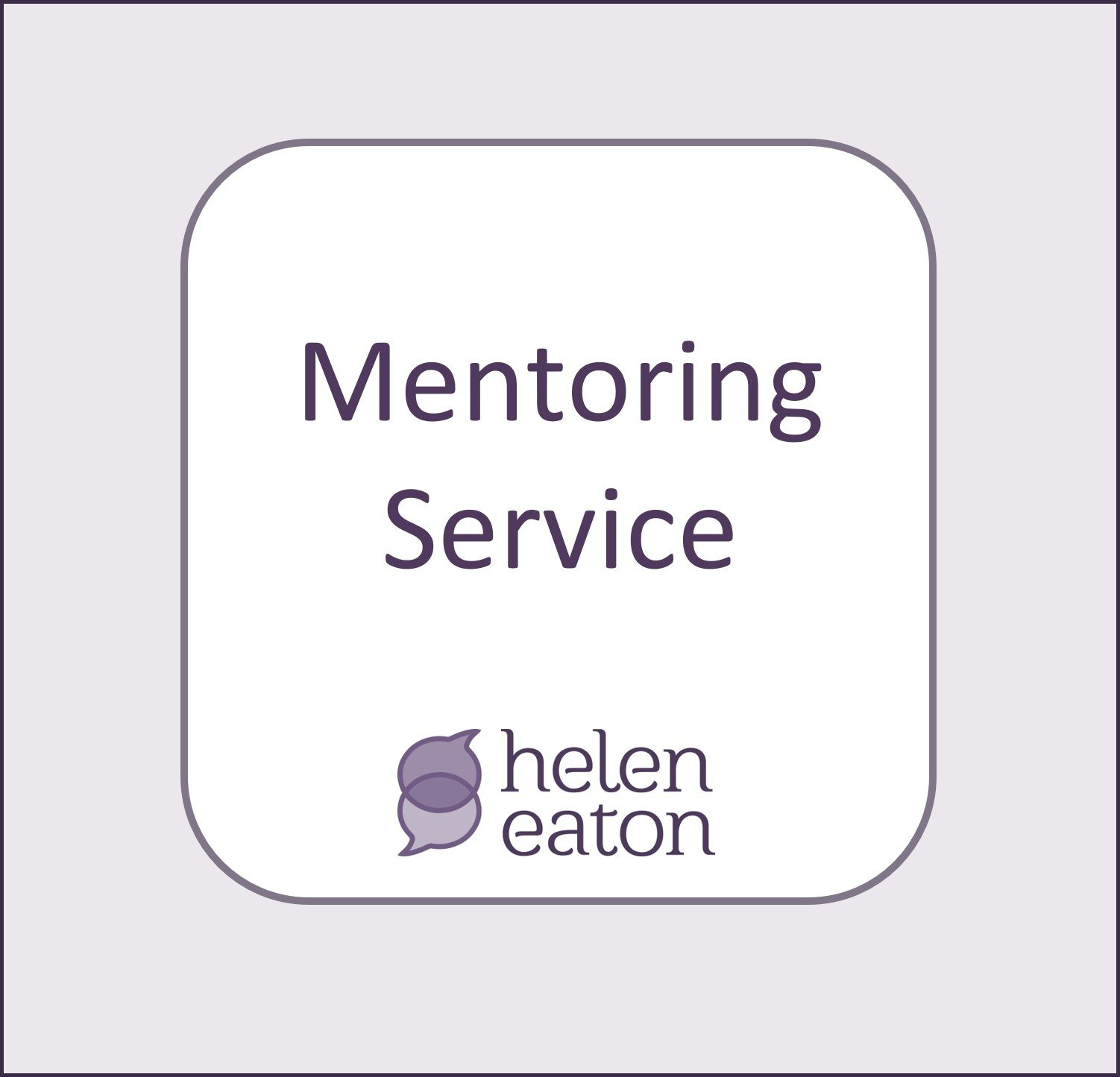Neurodiversity in the Workplace: A few essentials
A few essentials
Neurodiversity in the workplace – A few essentials
The words Neurodiverse, Autism, ADHD, Reasonable Adjustments etc are in common use in the workplace, but sometimes it isn't always clear as to what they mean or what is expected in the workplace. Here I'll discuss the terms, how and if they're actually diagnosed, and offer a few essentials around an organisation's responsibilities. We're slowly recognising that some of the world's most creative and inventive people were Neurodiverse, but faced misunderstanding and disregard on a daily basis. It's time to celebrate and embrace Neurodiversity.
Neurodiversity
This word is used to positively describe a different way of thinking, which is usually due to developmental differences in the brain. Neurodiversity is often celebrated as being important for creativity, innovation and success. It includes Autism, and the Specific Learning Difficulties (SLDs) of Attention Deficit Hyperactivity Disorder (ADHD), Dyslexia, Dysgraphia, Dyspraxia and Dyscalculia.
Autism - Defined as a lifelong developmental condition. An Autistic person will struggle, to varying degrees, with social communication and interactions; understanding social rules and behaviours and predicting what is expected; have a strong need for routines and specific interests; struggle with processing sensory information and adapting to change and transitions. Many Autistic people, currently classed as high-functioning or as having Asperger's Syndrome (the terms are still hotly debated), have full and successful lives and careers. It's important to note that they're often hiding their daily struggles or have had to learn effective coping mechanisms. Some Autistic people may need care throughout their lives because they also have additional disabilities and learning difficulties.
ADHD - A behavioural condition that makes it hard to concentrate and control energy, actions and decisions. This can lead to hyperactivity, impulsiveness and risk taking. Medication is sometimes used to support chemical imbalances in the brain.
Dyslexia - Difficulties with the range of skills needed for reading and spelling, along with verbal memory and processing.
Dysgraphia – A difficulty with the physical act of writing.
Dyspraxia - A development disorder which affects fine and gross motor skills, which are needed for everyday tasks and movements. The person may appear clumsy or uncoordinated.
Dyscalculia - This means people may struggle to understand maths concepts, patterns times and measurement.
It's common for Neurodiverse people to struggle with low self-esteem, anxiety and the need to constantly mask or hide their behaviours in order to fit in. Many may be seen as quirky or have unusual interests. They’re often successful when enabled to think creatively, become specialists and work outside of typical boundaries. This also sadly means that they may be subject to bullying or rejection by others.
The Diagnosis
Not everyone who is Autistic or has a Specific Learning Difficulty will have been given a formal diagnosis by a medical professional, or as is more usual, by a team or professionals. Gaining an Autism diagnosis as an adult is a long and complicated process, and in many NHS regions there isn’t the budget to see every patient who requests an assessment.
For younger employees, don’t expect schools or colleges to have identified their difficulties. Education budgets are over stretched and awareness levels very low in some areas, so they simply don’t have the skills or knowledge to identify Neurodiversity and refer pupils to the appropriate services. There are lengthy waits for a diagnosis, sometimes up to three years. Mis-diagnosis and a failure to diagnose also occurs far more often than it should. Be aware that for Autism and ADHD, tests are observational and based on reported behaviours, and so affected by high levels of subjectivity. Some families don’t want their child to be diagnosed, either avoiding or denying the difficulties, or are reluctant to have a formal diagnosis given, fearing potential future consequences.
The demand for diagnoses is on the increase each year as awareness grows, but less than 20 years ago ADHD and Autism, particularly where seen as higher functioning, were rarely identified. The awareness of Dyslexia has steadily increased from the early 1980s, but less so for the other SLDs. Awareness of the names may be gaining ground, but not necessarily a true understanding of the difficulties and how to identify and support individuals. I have witnessed many cases of them all by being missed by school staff, family members and the individuals themselves.
It is currently impossible to estimate how many people have a Specific Learning Difficulty or are Autistic, and it is often the case that a person has multiple difficulties, for example is Autistic and Dyslexic.
Regardless of a formal diagnosis, the benefit of recognising and appreciating a Neurodiverse workforce is the full utilisation of everyone’s strengths and differences. It’s also crucial to recognise and develop a supportive environment for their difficulties .
The Formality of Reasonable Adjustments
UK law requires that “Employers must make reasonable adjustments to make sure workers with disabilities, or physical or mental health conditions, aren’t substantially disadvantaged when doing their jobs” (Gov.uk)
The employer only has to make adjustments where they are aware – or should reasonably be aware – that there is a disability. Under the Equality Act 2010, disability is defined as a physical or mental impairment that has a long term and substantial negative impact on the ability to do day-to-day activities. This includes all the diagnoses discussed here if they are severely impacting a person’s functioning, although proof of disability and substantial impact may require a clinician’s professional endorsement. Remember that they are referred to as ‘hidden disabilities’ and so often go overlooked.
Working in an open-minded, flexible and accepting environment will help ensure employers are meeting the needs of Neurodiverse employees. An honest and sensitive discussion about how to support them is the best way to meet goals and objectives, and to get the most out of your working relationships.
by Helen Eaton
Through her work ,Helen Eaton (MSc, PGCE) has gained an unusual and fascinating insight into both lifelong education and the workplace. She combines over 20 years’ experience delivering management training to the UK’s leading IT and Finance companies with a passion for education and a teaching qualification. Specialising in Neurodiversity she has worked with many families and professionals, promoting the importance of understanding and supporting Autism and Specific Learning Difficulties. Most importantly, she has a Neurodivergent family and rejoices in the uniqueness of their Autistic, ADHD and Dyslexic minds.
If you reproduce or share this work please acknowledge the source and the author.









